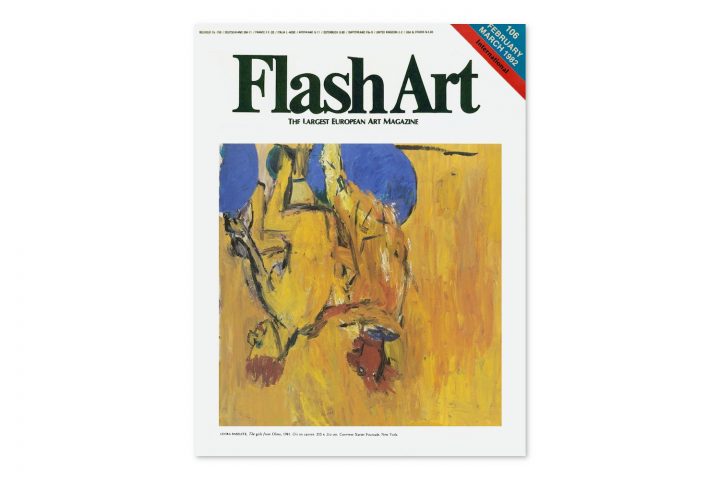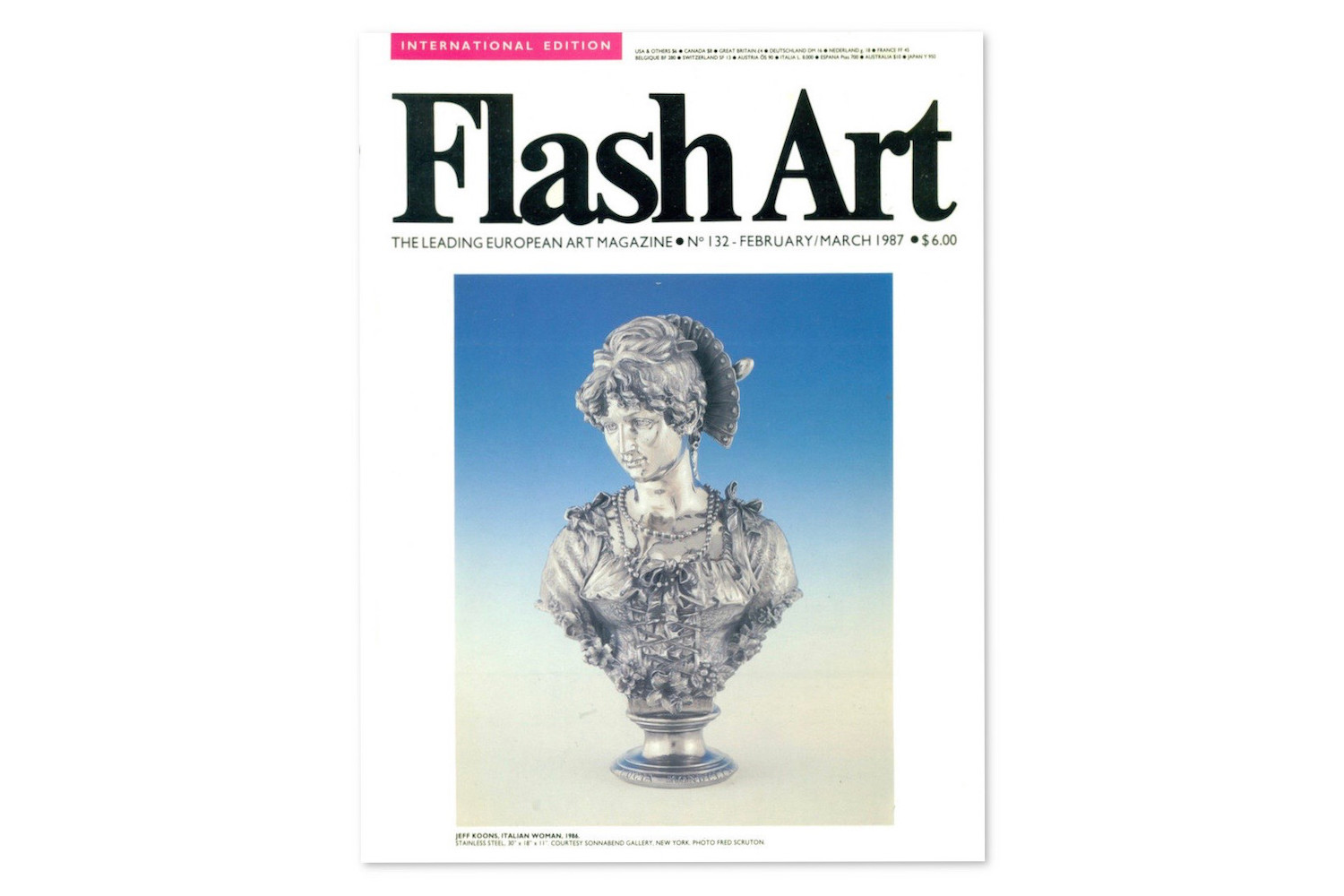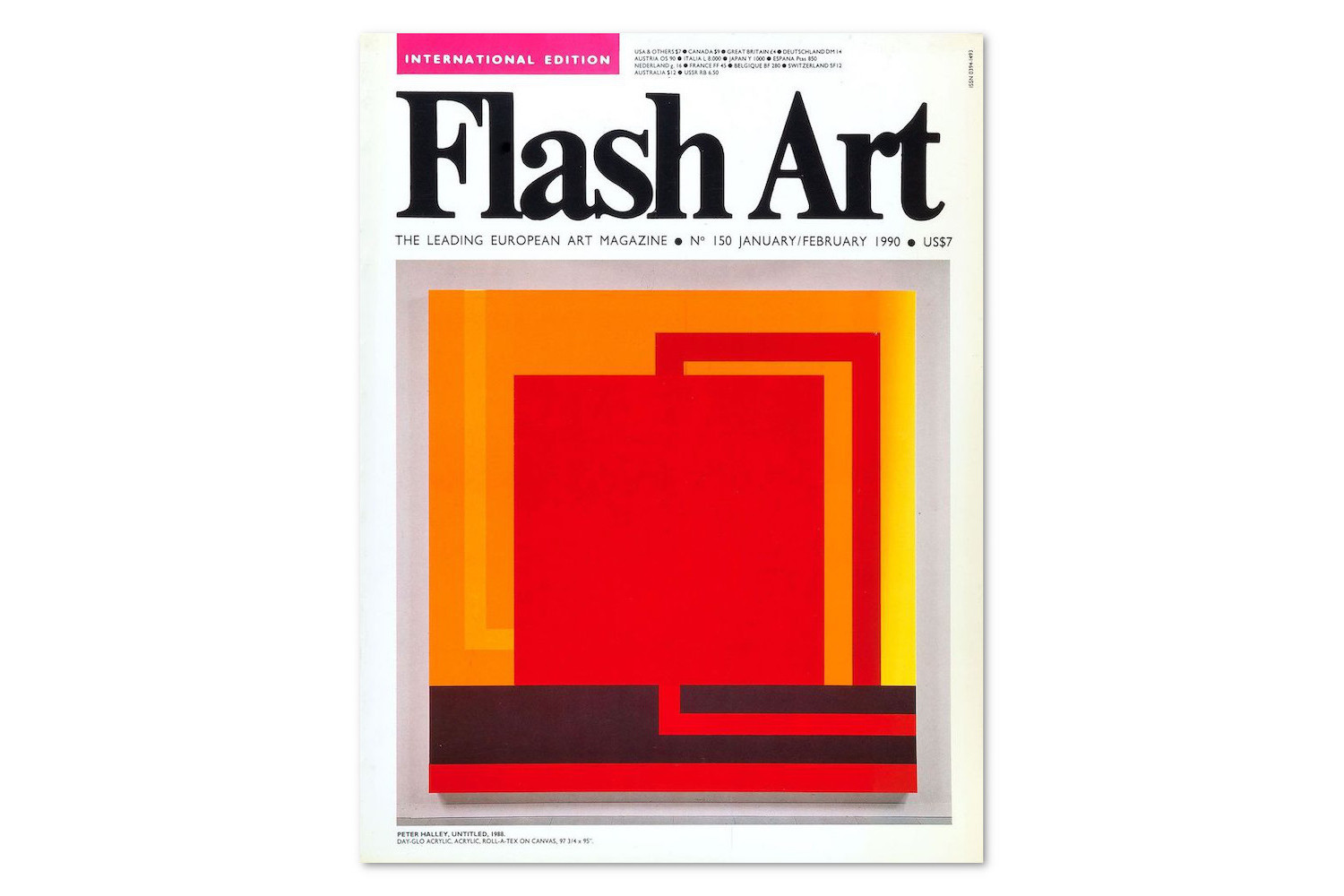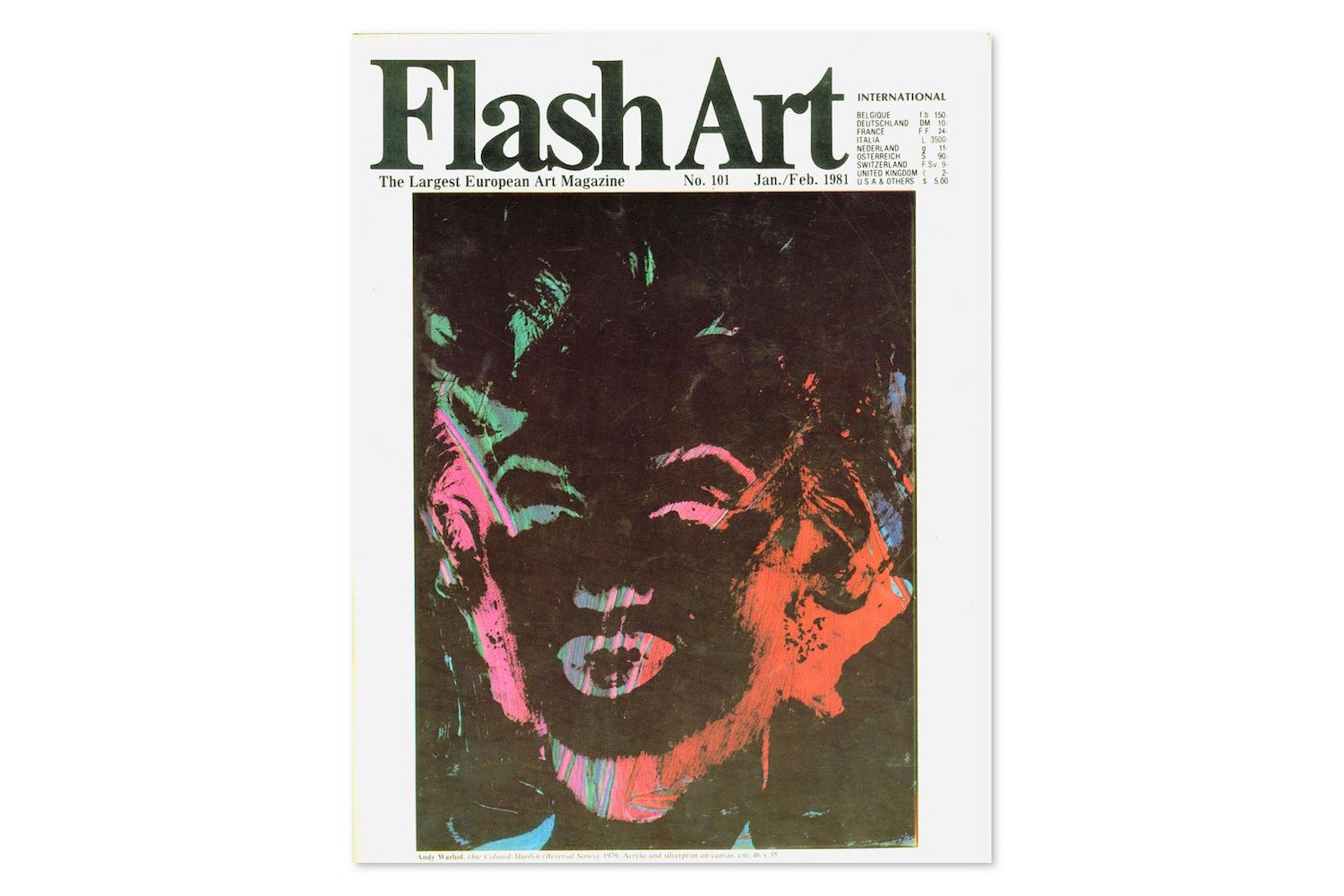Flash Art Covers: the historic covers of Flash Art International told by Giancarlo Politi.

In Germany, and throughout Europe, German Expressionism movement (including artists like Baselitz, Immendorf, Kiefer, Kirkeby, Luepertz, Penck) thrived as a rival to the Italian Transavanguardia movement that, until then, was all the rage. German theorists of this faction later wrote Flash Art using provocative language such as: A good work of art is national, but a national work of art is horrendous. I leave it to you to interpret his statement.
Among these recent German stars, the brightest proved to be George Baselitz. Known for his peculiar inversions of imagery, he quickly gained a following because of this choice that could have meant everything and nothing at the same time. His technique made for undoubtedly fascinating works. The great Anselm Kiefer’s popularity however, grew exponentially without resistance and inturn had greater success, despite his career being a few years junior to Baselitz.
German Expressionism, like Transavanguardia, filled museums and galleries alike for several years throughout Europe. But with its’ rise, quickly came its fall, only the individual artists remained. From Germany, George Baselitz and Anselm Kiefer kept up to pace with the international scene, while the others remained excellent national artists. Though some perhaps, more than others, lived in the shadows of their peers excellence.
This issue tackles the unequivocal yet striking beauty in German painting, and its influences on creatives like Helena Kontova. And how these markings of historic movements impact art in all its many forms: From Performance to Painting, with a focus on the process of performance becoming painting. A masterpiece. Kontova’s article is to be read again and again – it is only through repetition and recital that one can gain a greater understanding of things.




